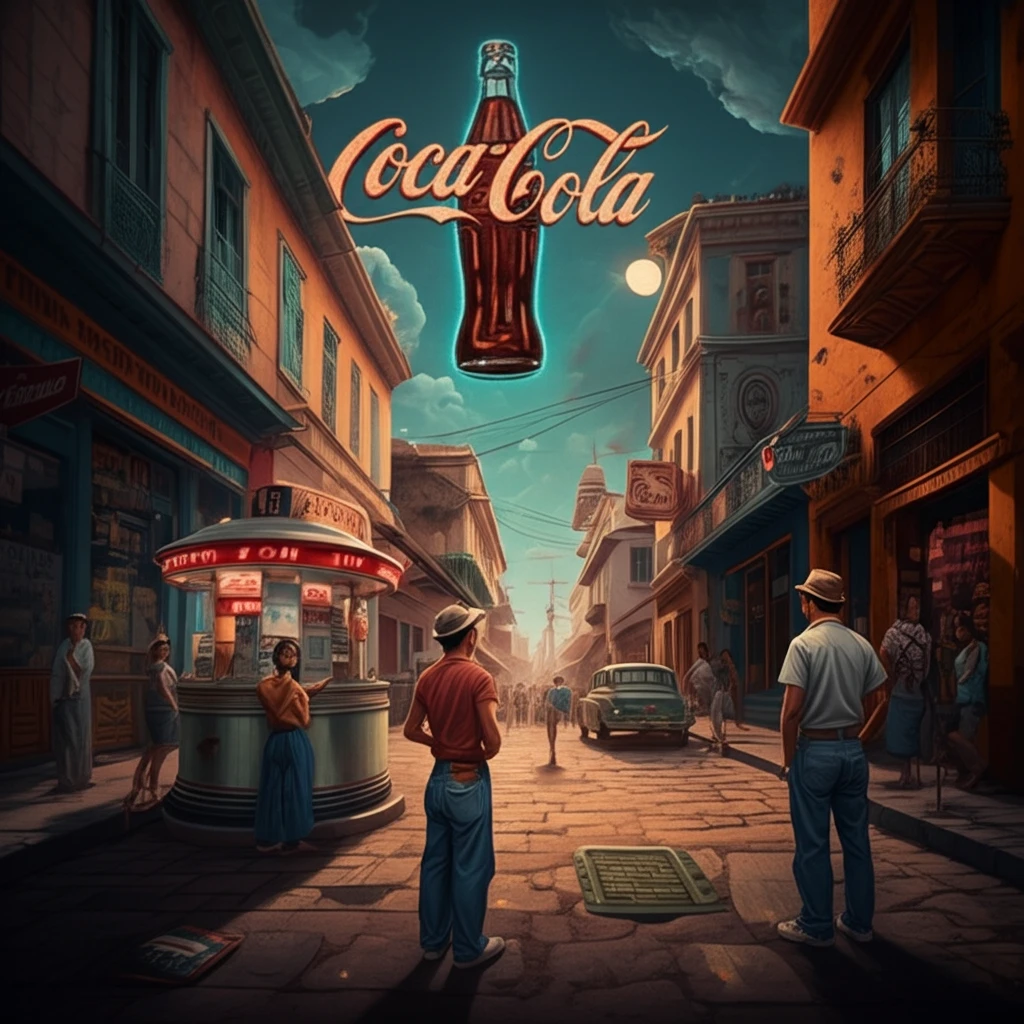
Coca-Colos: When American Pop Culture Shook 1950s Bogota
"Explore how the 'Coca-Colo' trend in 1950s Bogota blended American styles with Colombian traditions, reshaping social identities."
In the vibrant, bustling Bogota of the 1950s, a fascinating cultural phenomenon took root: the 'Coca-Colo' trend. This wasn't just about a soft drink; it was a seismic shift in how young Colombians embraced (and adapted) American pop culture. It was a time of blue jeans, rock 'n' roll, and a whole new attitude that challenged traditional Colombian society.
Imagine a world where the elegance of European traditions met the youthful energy of American rock 'n' roll. This was the reality for the 'Coca-Colos,' a generation of young Colombians who blended these influences to create their own unique identity. The story of the 'Coca-Colos' is not just a historical snapshot; it's a mirror reflecting the ongoing dance between globalization and cultural identity.
We'll journey back to a pivotal moment in Colombian history, exploring how American cultural exports mingled with local customs. We'll uncover the debates, the anxieties, and the celebrations that accompanied this cultural fusion, revealing how it reshaped Bogota's social landscape and continues to resonate today.
The 'Coca-Colo' Defined: More Than Just a Trend

In 1954, the Colombian magazine Semana published a groundbreaking dossier titled "Los Coca-Colos: Una generación calumniada" (“The Coca-Colos: A Slandered Generation"). This report captured the essence of a transformation sweeping through Bogota's youth. It wasn't just about adopting American products; it was a shift in behaviors, tastes, and even language. Acceptable cultural models were no longer exclusively European or academic; U.S. lifestyles were making a major impact.
- Embracing American music, movies, and fashion
- Frequent visits to soda fountains, mirroring American diners
- A more casual and youthful attitude
- Challenging traditional social norms
A Lasting Cultural Legacy
The story of the 'Coca-Colos' in 1950s Bogota is more than just a historical anecdote. It represents a pivotal moment in Colombia's cultural evolution, as American influences began to intertwine with local traditions in profound ways. This fusion continues to shape Colombian society today, reminding us that cultural identity is always a dynamic and evolving process.
